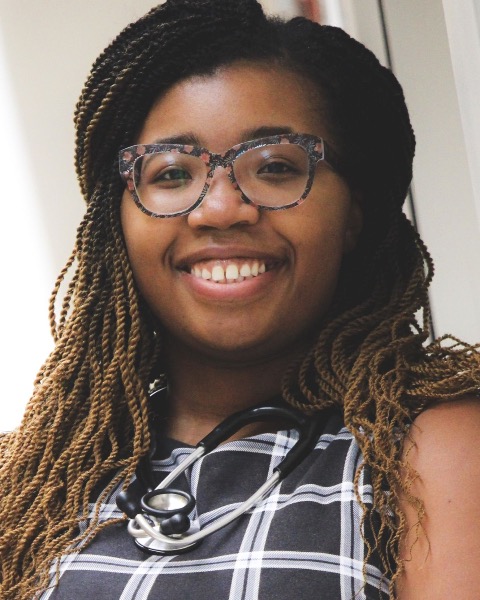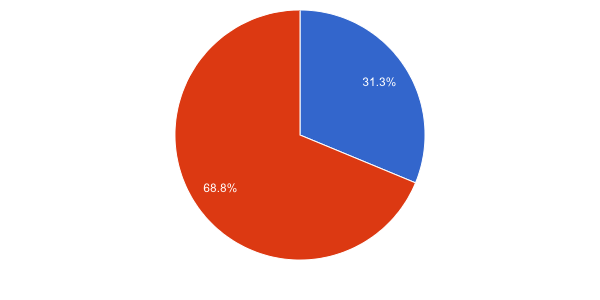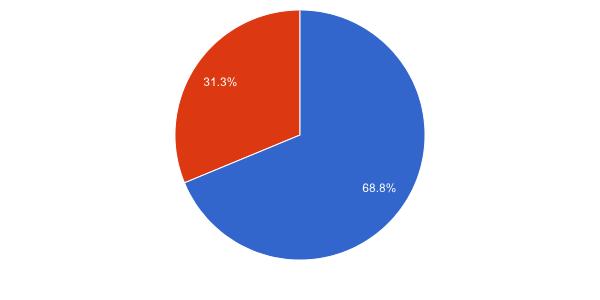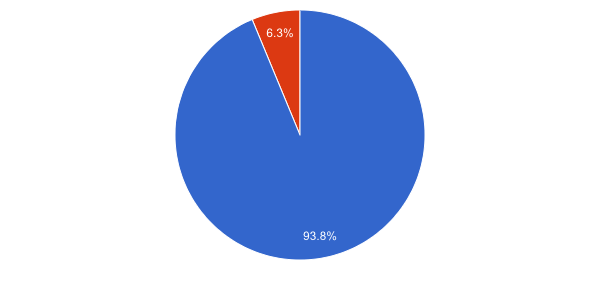Medical Education: Diversity, Equity & Inclusion
Medical Education 16: Potpourri 1
516 - Administration of Microaggression Education by Committee Chairs in Resident Led Diversity, Equity, and Inclusion Committee
Publication Number: 516.424

Shekinah J. Vaughn, MD (she/her/hers)
Resident
Eastern Virginia Medical School
Norfolk, Virginia, United States- LC
Lindsey Crawford, MD (she/her/hers)
Resident Physician
Eastern Virginia Medical School
Virginia Beach, Virginia, United States
Presenting Author(s)
Co-Author(s)
Background:
Our resident led diversity, equity, and inclusion committee (DEI) previously sent anonymous surveys in September 2021 to 70 residents to identify the characteristics of microaggression identification and understanding in our program. From the 35 responders, we previously reported 88.6% are able to define and have been subjected to microaggression while only 45.7% felt comfortable speaking up when seeing a microaggression occur. With the support of our program and DEI committee, the resident committee chairs have since implemented an educational microaggression curriculum which includes our take A.C.T.I.O.N buttons, a visual cue to encourage residents to speak up when witnessing microaggressions, focused lectures and interactive simulations.
Objective:
To assess the effects of microaggression education interventions delivered by the DEI committee chairs.
Design/Methods:
Since the release of our initial anonymous survey, the Take A.C.T.I.O.N button has been provided to all our pediatric residents, two microaggression focused educational lectures, two in-person, group simulations and one eight week intensive training titled Inclusive Excellence in Medicine, were conducted by the resident committee chairs during protected noon conferences. In July 2022, a second anonymous survey was sent to 48 pediatric residents who experienced these educational interventions.
Results:
From the 16 responses collected, almost one third of the residents said they have been in a situation in which they were able to use the Take A.C.T.I.O.N button to speak up when witnessing the occurrence of a microaggression. Over 90% of residents were now able to correctly define what a microaggression was and more than two thirds felt comfortable speaking up in the event of a microaggression being committed against peers, patients or themselves.
Conclusion(s):
The implementation of these educational opportunities done by our resident DEI committee chairs increased our resident’s comfort in speaking up against microaggression by 23.1% (45.7% to 68.8%). These interventions also showed a 5.2% increase (88.5% to 93.2%) in the understanding and identification of microaggressions. With the progress that has been made with this initial curriculum we are optimistic that increasing the frequency and number of these educational interventions will eventually lead to a decrease in the microaggressions that are committed at our institution.


